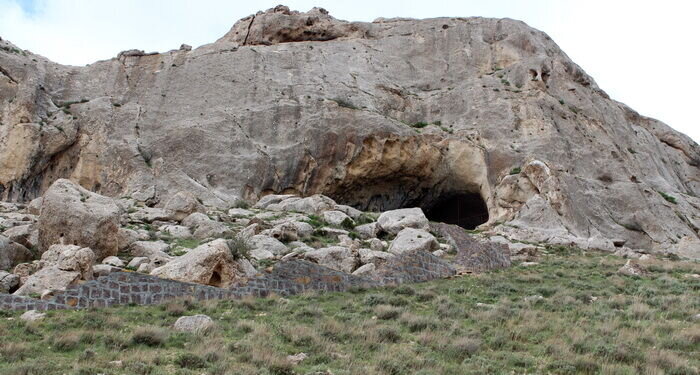6th excavation season launched at Qal-e Kord cave, one of oldest human settlements in Iran

TEHRAN - The sixth season of archaeological excavations at Qal-e Kord cave in the Avaj county of Iran’s Qazvin province has begun under permits from the Research Institute of Cultural Heritage and Tourism, the institute said on Saturday.
The project, financially supported by the provincial cultural heritage department, is co-led by Hamed Vahdatinasab and Milad Hashemi Sarvandi, faculty members of the archaeology department at Tarbiat Modares University.
Qal-e Kord cave is located in the village of the same name in Avaj county. Previous excavations have identified it as one of the oldest archaeological sites in Iran, with deposits suggesting human presence more than 400,000 years ago, Vahdatinasab said.
Knowing that Qal-e Kord was inhabited by Neanderthals, we are seeking to obtain a chronology of these cave dwellers,” the archaeologist added. “We are also looking for animal remains and the foods they consumed. As we go down, we discover older layers.”
Stone tools recovered from the site indicate that it was also inhabited by earlier human species such as Homo heidelbergensis or possibly Homo erectus. Animal remains found so far include two types of extinct prehistoric horses, deer, brown bear and rhinoceros.
In November 2018, the first season of joint Iran-France excavations at the site uncovered more than 6,000 cultural artefacts, along with bone remains of horses, deer, bears and numerous stone tools from the Middle Paleolithic period, between 200,000 and 40,000 years ago.
A 2019 study published in the Journal of Human Evolution suggested Neanderthals roamed the Zagros mountainous regions of Iran between 40,000 and 70,000 years ago.
Neanderthals lived before and during the last ice age in harsh environments across Eurasia. They developed complex stone tools, hunted large game, scavenged and collected local plants, surviving for tens of thousands of years during the last glaciation.
AM
Leave a Comment